One day, planes will fly without fuel and instead on a steady diet of fats, carbs, sugar, trash, and other exotic fuels. That’s the plan from American, Delta, and United, which have set ambitious goals to reduce their carbon emissions by 2050.
General trend
Last year, Virgin Atlantic successfully completed a transatlantic flight powered entirely by synthetic fuel made from plant fats and sugars. This development opens up a future for sustainable aviation fuel (SAF). SAF is a generic term for aviation fuels that emit less carbon than conventional jet fuel, produced from resources such as bio-based oils, agricultural by-products, etc.
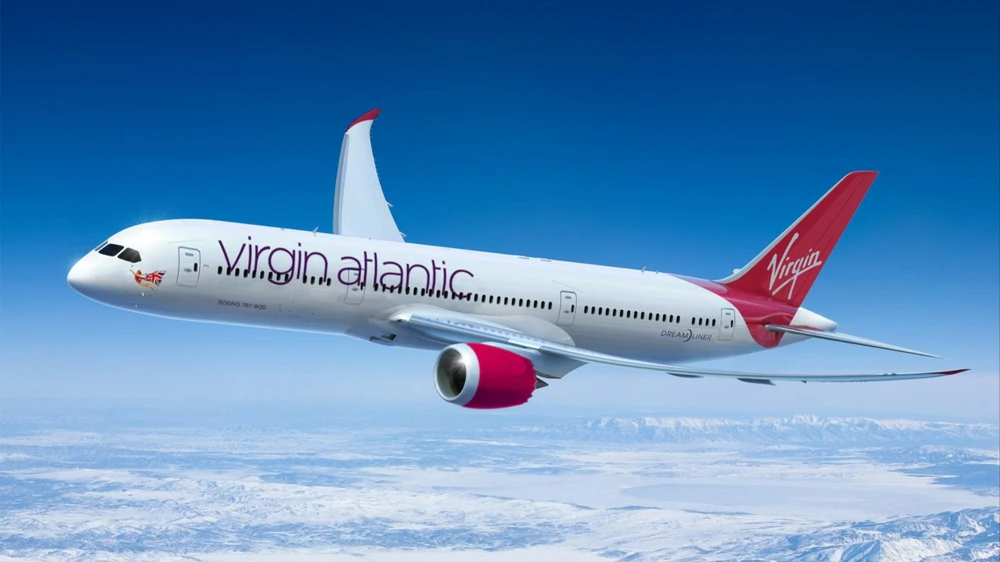
The Boeing 787 used by Virgin Atlantic on the flight used SAF, which has 70% less carbon emissions than synthetic jet fuel made from petroleum. Previously, an Airbus A380 passenger plane also tested a three-hour flight using fuel made mainly from cooking oil and waste grease. To date, no one has designed a battery that is light enough but also powerful enough to power a commercial aircraft. Therefore, the most practical way to reduce emissions in the aviation industry is to require aircraft to use SAF.
Reducing the carbon footprint of aircraft will depend on sourcing, however, as none of the potential sources can meet all of the fuel demand. Although the Biden administration has set a goal of sourcing 100% sustainable aviation fuel by 2050, the United States produced enough sustainable fuel last year to meet less than 0.2% of the industry’s fuel consumption.
Find supply
Nearly all sustainable jet fuel to date is made from some form of fat, including used cooking oil, vegetable oils, and animal fats, but supply is falling short of demand. The United States and Europe currently use nearly all of their domestic supplies of used cooking oil, and import additional waste fats from Asia to produce biofuel for planes, cars, and trucks.
The next wave of sustainable jet fuels to hit the U.S. market in the coming months could be made from corn and sugarcane. Previously, refineries fermented the starch and sugar in these crops into ethanol, which was then blended into gasoline and diesel. Alternative fuel startup LanzaJet has opened the world’s first plant to produce jet fuel using ethanol made from U.S. corn, Brazilian sugarcane, and more.
One drawback is that fuels made from food crops may not be as sustainable as fuels made from waste. Agricultural land is limited, and expanding biofuel crop acreage could have negative environmental consequences, such as using too much water and causing deforestation, releasing more carbon into the atmosphere. To meet the entire U.S. aviation fuel demand with corn ethanol, the country would have to grow 114 million acres of corn—an area larger than the state of California. This is why European regulations do not consider most biofuels made from food crops to be “sustainable,” and jet fuel made from corn ethanol may not qualify for tax breaks under the U.S. definition, according to the Washington Post.
As an alternative, producers are developing methods to produce jet fuel from cellulosic cover crops, a type of grass that is often grown on farms between regular growing seasons to keep soil healthy. Because these plants grow off-season, they don’t compete with food crops for farmland, so they’re more sustainable.
Several companies are turning waste into jet fuel. Among them is US refiner Fulcrum Bioenergy, which is opening a waste-to-fuel plant in 2022. But not all waste is good feedstock, and it needs to be sorted. There are also other forms of waste that are more suitable, such as agricultural waste, including: stems, leaves and unpicked produce, or husks and shells left over from food processing. Tree branches and bark left over from logging, sawdust and wood chips can also be sources of fuel. Green hydrogen fuel is also being considered.
While the production of jet fuel from hydrogen is still in its infancy, once production begins to ramp up, green hydrogen will quickly become one of the largest sources of sustainable fuel, predicts SkyNRG, a sustainable aviation fuel producer.
KHANH HUNG
Source


![[Photo] Looking back at the impressive moments of the Vietnamese rescue team in Myanmar](https://vstatic.vietnam.vn/vietnam/resource/IMAGE/2025/4/11/5623ca902a934e19b604c718265249d0)




![[Photo] "Beauties" participate in the parade rehearsal at Bien Hoa airport](https://vstatic.vietnam.vn/vietnam/resource/IMAGE/2025/4/11/155502af3384431e918de0e2e585d13a)





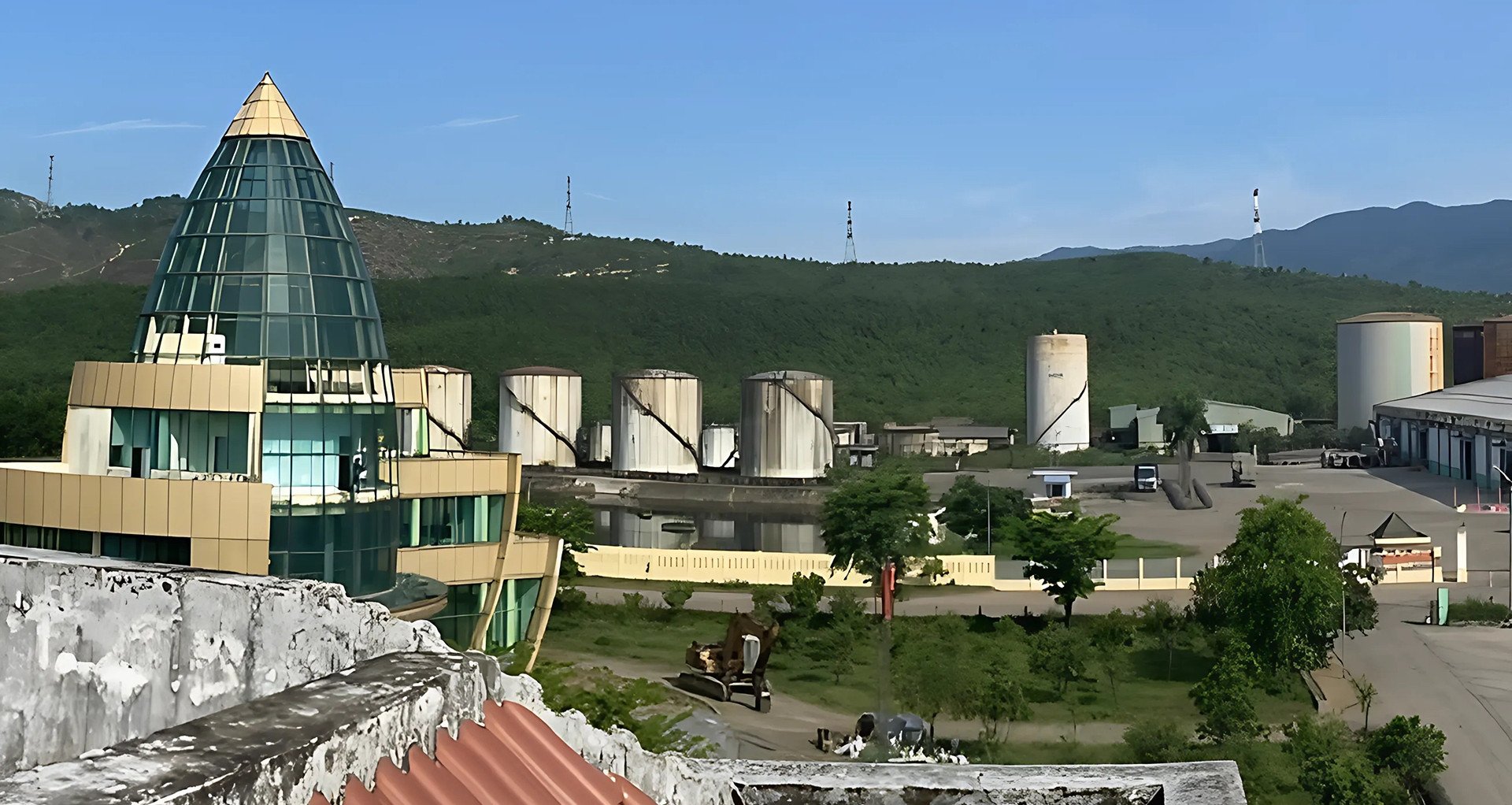

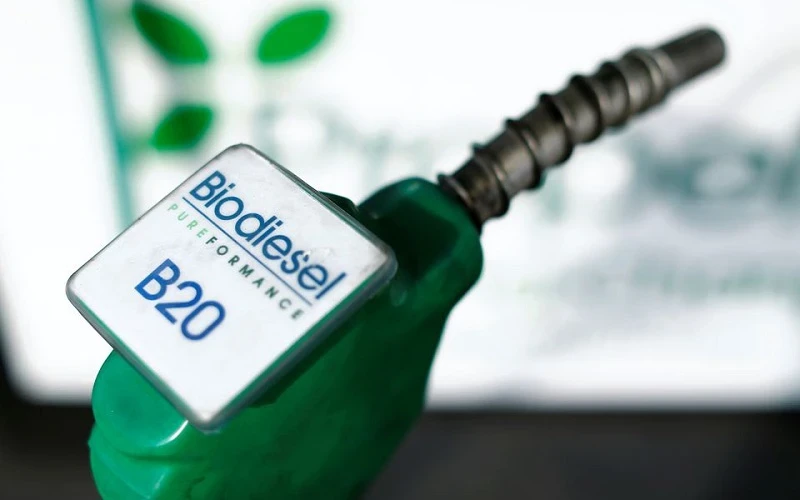






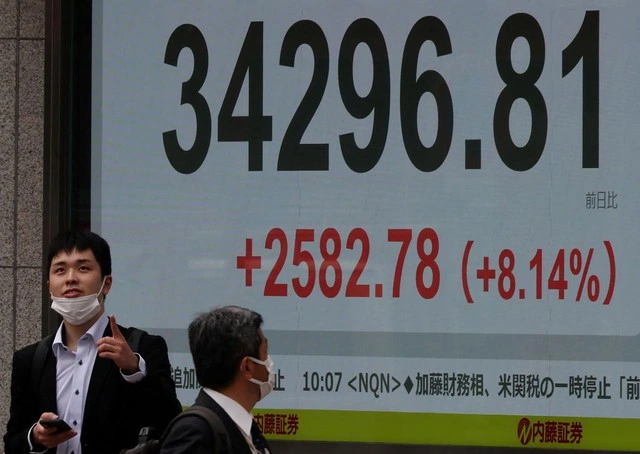



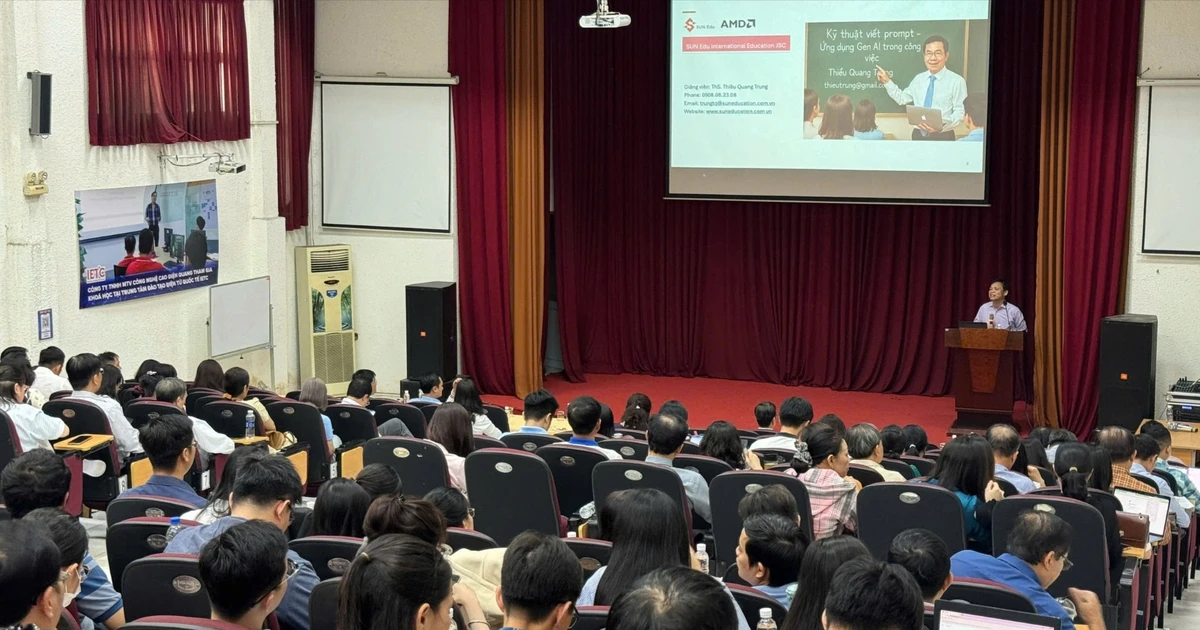





![[Photo] Summary of parade practice in preparation for the April 30th celebration](https://vstatic.vietnam.vn/vietnam/resource/IMAGE/2025/4/11/78cfee0f2cc045b387ff1a4362b5950f)


























































Comment (0)